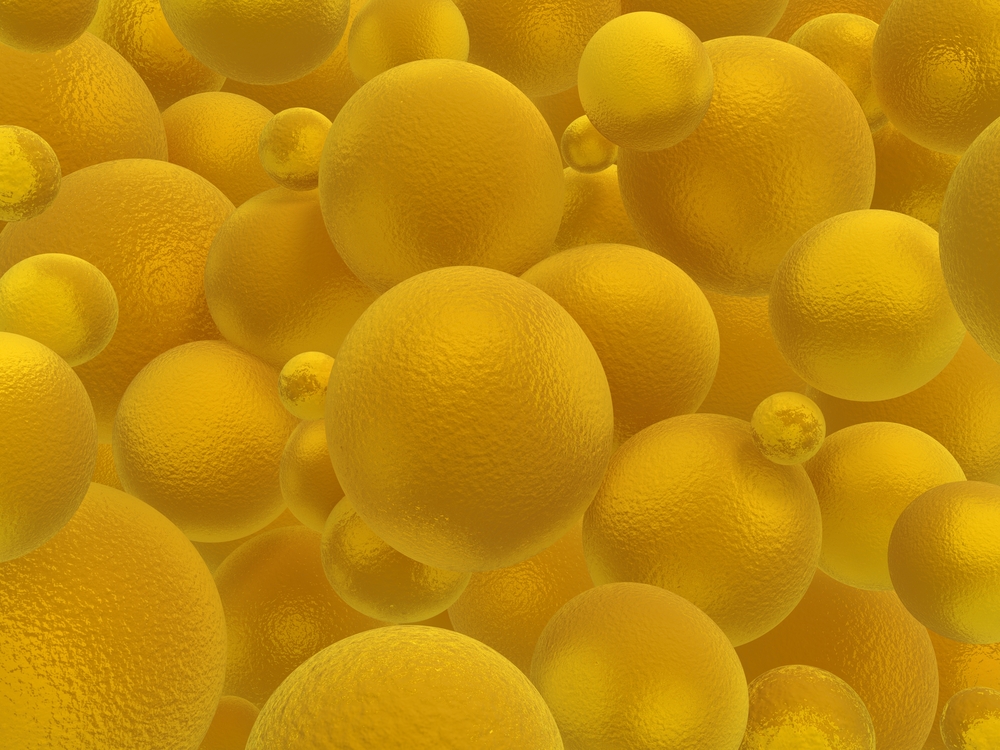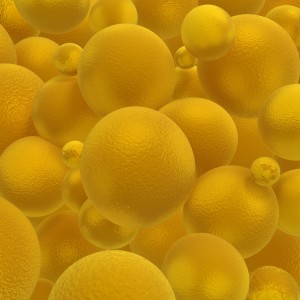Liposomes Loaded With Anti-fibrotic Drugs Offer Promising Idiopathic Pulmonary Fibrosis Treatment Approach

 In a recent study entitled “Efficient Delivery to Human Lung Fibroblasts (WI-38) of Pirfenidone Incorporated into Liposomes Modified with Truncated Basic Fibroblast Growth Factor and Its Inhibitory Effect on Collagen Synthesis in Idiopathic Pulmonary Fibrosis,” researchers highlighted a promising, novel treatment for idiopathic pulmonary fibrosis that loads anti-fibrotic drugs into tbFGF-liposomes. The study was published in the journal Biological and Pharmaceutical Bulletin.
In a recent study entitled “Efficient Delivery to Human Lung Fibroblasts (WI-38) of Pirfenidone Incorporated into Liposomes Modified with Truncated Basic Fibroblast Growth Factor and Its Inhibitory Effect on Collagen Synthesis in Idiopathic Pulmonary Fibrosis,” researchers highlighted a promising, novel treatment for idiopathic pulmonary fibrosis that loads anti-fibrotic drugs into tbFGF-liposomes. The study was published in the journal Biological and Pharmaceutical Bulletin.
Idiopathic pulmonary fibrosis (IPF) is characterized by remodeling and scarring of lung tissue, due to the accumulation of extracellular matrix (ECM), with collagen as its most abundant fibrous protein. The main cells responsible for the synthesis and accumulation of ECM in the lungs are lungs fibroblasts. Targeting these cells may prove beneficial as an inhibitory mechanism for accumulation of ECM.
In the study, a research team determined the efficacy of delivering an anti-fibrotic drug — pirfenidone — to lung fibroblasts while encapsulated in liposomes (liposomes are engineered spherical vesicles with a lamellar phase lipid bilayer that is used as a vehicle to deliver pharmaceutical drugs). To enhance the targeting of fibroblasts, researchers produced liposomes modified with a truncated basic fibroblast growth factor (tbFGF) — allowing for optimal binding to the fibroblast growth factor receptors (FGF) exposed at the fibroblast cell surface — and assessed their accumulation in lung fibroblasts and the anti-fibrotic effect of the liposome-delivered pirfenidone.
[adrotate group=”3″]
The team observed that the modified tbFGF-liposomes accumulated at higher levels inside WI-38 cells (used as a model for lung fibroblasts) when compared to non-modified liposomes. The authors then evaluated whether pirfenidone was delivered to the cells and if its anti-fibrotic activity was maintained. At different concentrations of the drug, the team measured the inhibitory effects of pirfenidone on collagen synthesis (0, 30, and 100 uM), observing a significant decrease of a major core protein of collagen, called hydroxyproline. Notably, authors observed liposome-delivered pirfenidone resulted in a higher anti-fibrotic effect when compared to the effect delivered by pirfenidone in solution.
Therefore, the team noted that their results establish tbFGF-liposomes as an effective delivery vehicle of anti-fibrotic drugs and may become a potential therapeutic strategy for treating idiopathic pulmonary fibrosis.







